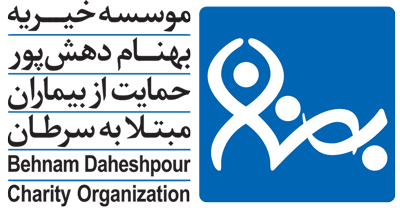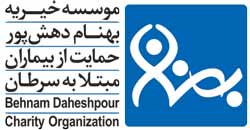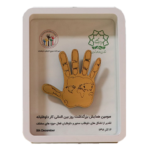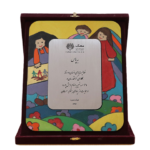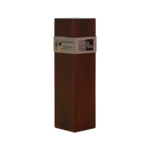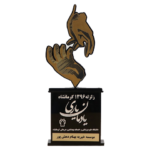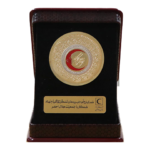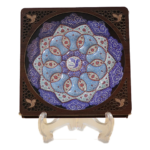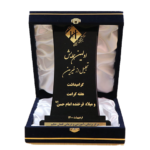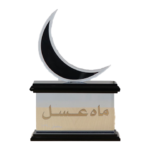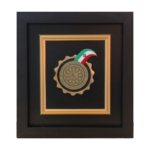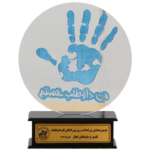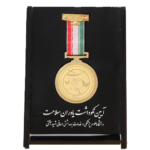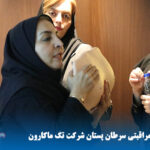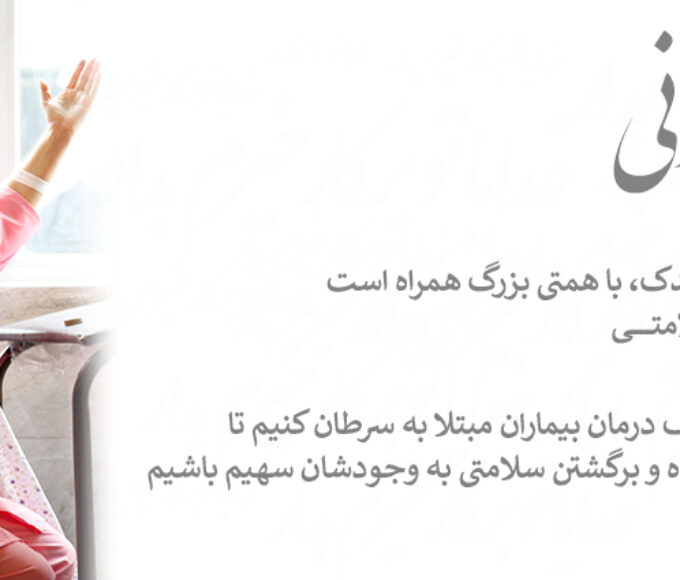سرطان پستان، شایع ترین سرطان در میان بانوان است، که البته در صورت تشخیص زودهنگام، درمان این سرطان سریعتر و کم هزینه تر خواهد بود.
موسسه خیریه بهنام دهش پور، سال هاست که در کنار تامین هزینه های درمان بیماران مبتلا به سرطان و تجهیز مراکز غربالگری، آموزش و بالابردن آگاهی از عوامل خطرزا و شناخت نشانه های اولیه سرطان پستان را در اولویت فعالیت های خود قرار داده است.
Breast cancer is the most common cancer among women; however, early detection can lead to a quicker and less cost treatment. Behnam Daheshpour Charity Organization has been working on supporting the treatment costs for treatments of cancer patients and to provide screening facilities, educating and raising awareness about risk factors and recognizing the early signs of breast cancer.
Video narration:
Hello and greetings to the women of my homeland. I hope you are in good health.
My dear ones, How much care do you give to your health?
In fact, let me put it this way: How much time do you dedicate to your well-being?
Do you know that breast cancer is the most common cancer among women in Iran and the world?
But the statistics are increasing day by day and year by year.
Did you know that breast cancer can be treated with early detection?
and it can be prevented?
I want to tell you what you need to do for early detection.
It is better to perform three key actions together
1: self-examination by the individual which can be done monthly
2: examinations by a doctor,
And 3: tests, including ultrasound, mammography, and MRI.
When all three are done together,
it helps detect changes in the breasts very early,
assisting in the timely and successful treatment in malignant cases
We want to teach you your responsibility about this,
Which actually is self-breast examination
We want to tell you that all women above the age of 20 should examine their breasts monthly.
This practice does not cost anything
And is cost-effective
And doesn’t take much time
You should allocate about 15 minutes of your time each month, for self-breast examination
And all women can perform self-checks between the intervals of when they undergo examinations by a doctor and have paraclinical tests.
They can realize their breasts and become aware of changes sooner.
This examination includes two parts
observation and touch and examination,
First, let me tell you that it is better for every woman to schedule the examination two to five days after the completion of her menstrual cycle.
For those who do not have a menstrual cycle, choose a specific date each month and perform the examination on that date.
Now, let me explain how to examine your breast
The observation parts
Stand in front of a mirror,
looking at the entire breast tissue inside the mirror.
Change to various positions to see if there are any changes in the breast tissue
The first position
is with your hands freely by your side
pushing your chest slightly forward which would harden the breast tissues
observing yourself in the mirror
Look for any changes, including changes in size
asymmetry
sagging, lumps, changes in skin color
peeling, the appearance of wounds
Or any discharge which you may see when observing in the mirror and should be considered.
In the second position, with your hands on your hips,
And look in the mirror
And like I said,
observe any signs like changes in size, asymmetry, sagging, prominence, changes in skin color, peeling, or any new changes that have recently occurred.
Rotate to the left and right, observing yourself thoroughly in the mirror
The third position involves raising your hands upwards; the breast tissue becomes slightly pulled.
Look in the mirror,
focusing on the same signs
In the fourth position, slightly lean forward; the breast tissue becomes a bit looser
And since it is a bit looser, you can see them in the mirror
observe the mentioned changes
Anything that seems unnatural should be reported to a doctor.
This part essentially includes observing the breasts
In the second part, we need to examine or touch the breast tissue.
. For this, you can perform the examination while standing or lying down
When standing, you can raise one of your hands, for example, your left hand, upward, and start the examination with the middle three knuckles of the fingers of your right hand
Begin examining and touching the breast tissue
in a square, rectangle, or large circular shape,
starting from the upper part near the collarbone, extending down to the end of the breast,
the middle of the chest
and the side under the arm
You should touch all parts of the square, rectangle, or large circular shape.
Therefore, whether you are examining yourself standing or lying down, one hand goes upward, and the hand on the opposite side starts the examination
The entire tissue in a circular and pressure manner.
With each pressure, a finger movement is performed,
And the entire tissue is continuously and consecutively examined
The hand should not be lifted, and the breast tissue should not be examined like this
The fingers should not be apart
starts from a certain point with a circular motion and continues
And the entire breast and under arm is examined like this.
In the end, pressure is applied to the nipple to check for any discharge
During the examination, the focus is primarily on swollen lumps
Pay attention to firm, painless masses
These masses are usually adhesive
They do not move between the tissues under the fingers
And they are not usually painful
Therefore, if you notice something beneath your fingers that is firm, has an adhesive quality, and was not there before, be sure to inform your doctor.
These changes can occur anywhere in the breast tissue and even under the arm.
Once you have examined the left side, move to the right side with your right hand raised
Using the knuckles of the middle three fingers of your left hand,
begin a circular motion, examining all parts of the breast tissue.
The underarm area should also be thoroughly examined.
In the end, apply a slight pressure to the nipple, and if there is any discharge, it should be further investigated.
or any signs of blood, bloody or watery color,
single-duct origin, or spontaneous release.
These discharges are the ones which are most important for us and should be investigated for a sign of health.
In conclusion, as mentioned, this examination takes about 15 minutes of your time, standing or lying down.
It helps you quickly detect any changes in your breasts and seek medical attention promptly.
If, God forbid, there are any malignant conditions, you can initiate treatment sooner. Thank you
